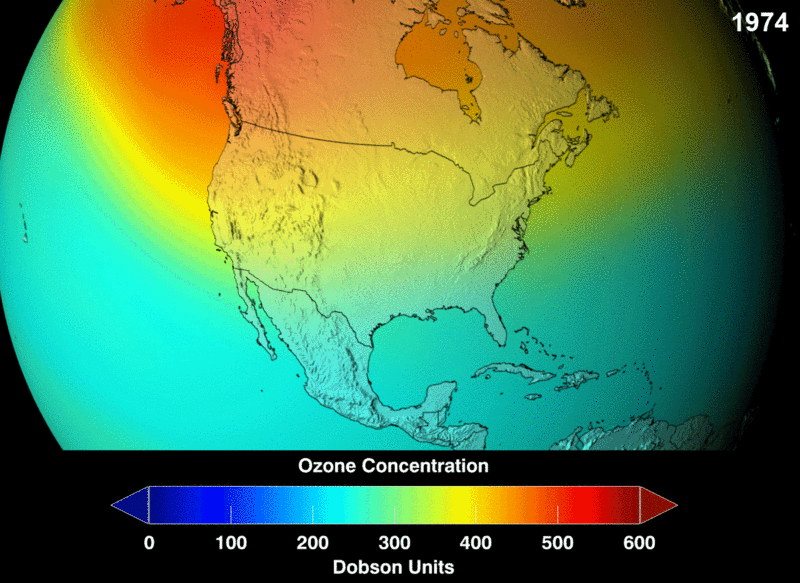
The ozone hole over the south pole appeared to be at its second smallest size for a very long time during this winter, according to NASA and the U.S. National Oceanographic and Atmospheric Institute.
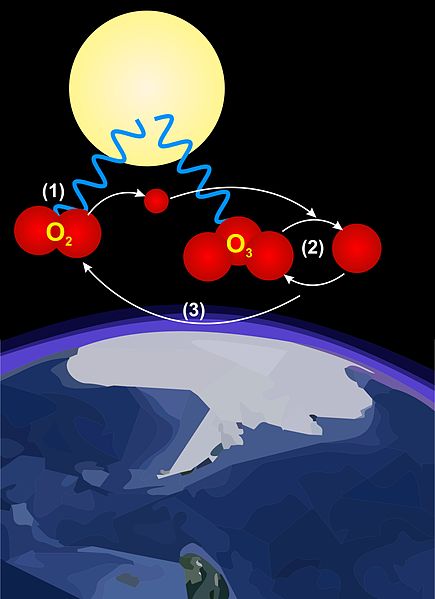
Both U.S. agencies report that the hole was at its second-smallest size in twenty years.
Freons
A thinner ozone layer was a major concern during the 1970s and 80s since it was then discovered that chlorine emissions resulted in a catalytic destruction of ozone (O3). These chlorine emissions contained atomic halogens and the main source of these halogen atoms that end up in the stratosphere is photodissociation of man-made halocarbon refrigerants (CFCs, freons, halons) previously used in refrigerators, solvents, propellants etc.
But with bans on freons put in effect during the 1980s by most countries in the western world, these harmful gasses started to decline in concentration.
However, as NASA scientist Paul Newman notes, that although substantial decreases of these gasses have been achieved, the levels of previous years are still affecting ozone distribution over the South Pole.
The gasses already released would imply a steady decline of about 4% in the total volume of ozone in Earth’s stratosphere, the so-called the ozone layer, and also a much larger springtime decrease in stratospheric ozone around Earth’s polar regions.
Ozon Hole
This latter phenomenon is often referred to as “the ozone hole”. But now according to new data, this ozone hole does not seem to increase any more. The temperatures in the lower stratosphere around Antarctica has increased, which probably contributes to a reduction in the spread of ozone-depleting chemicals in the atmosphere, according to the researchers.
In 2012, the ozone hole was at its peak on Sept. 22 when it covered an area of 21.2 million square kilometers, compared with that of 6th September 2000, when the hole size was 29.9 million square kilometers, this was the greatest extent of the hole seen during the years that regular measurements have been performed.
The ozone layer is the Earth’s sunglasses and protects humans and all life on the planet from harmful radiation from the sun. And only a small reduction in efficiency of our planets sunglasses causes skin cancer.
You can follow the ozone hole extension on NASA’s website.
_______________
2012 Antarctic Ozone Hole Second Smallest in 20 Years
______________________________

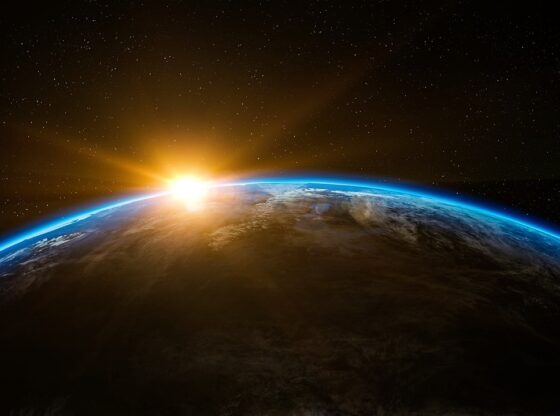
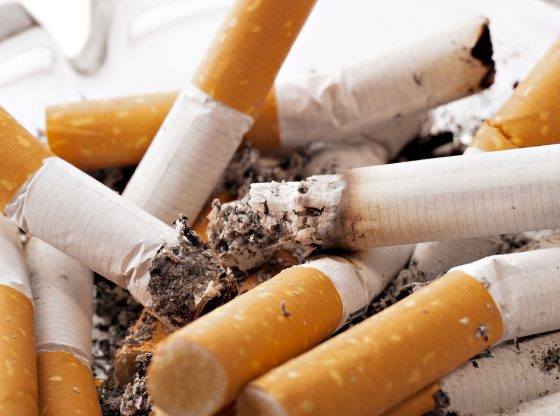
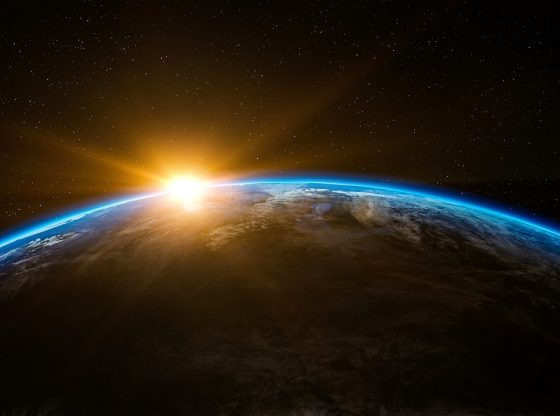
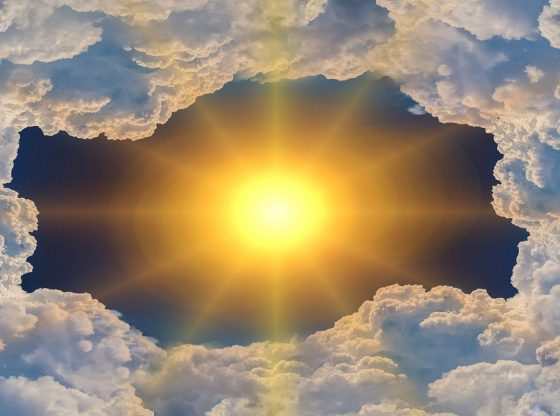

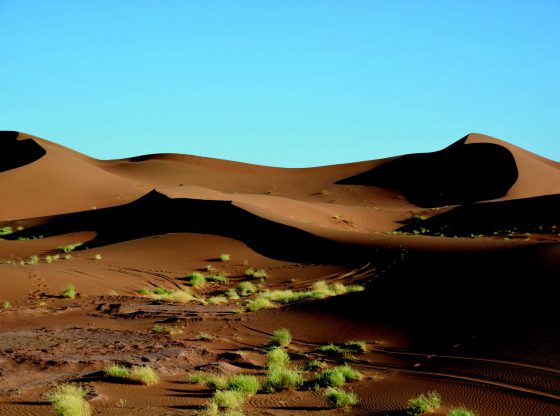
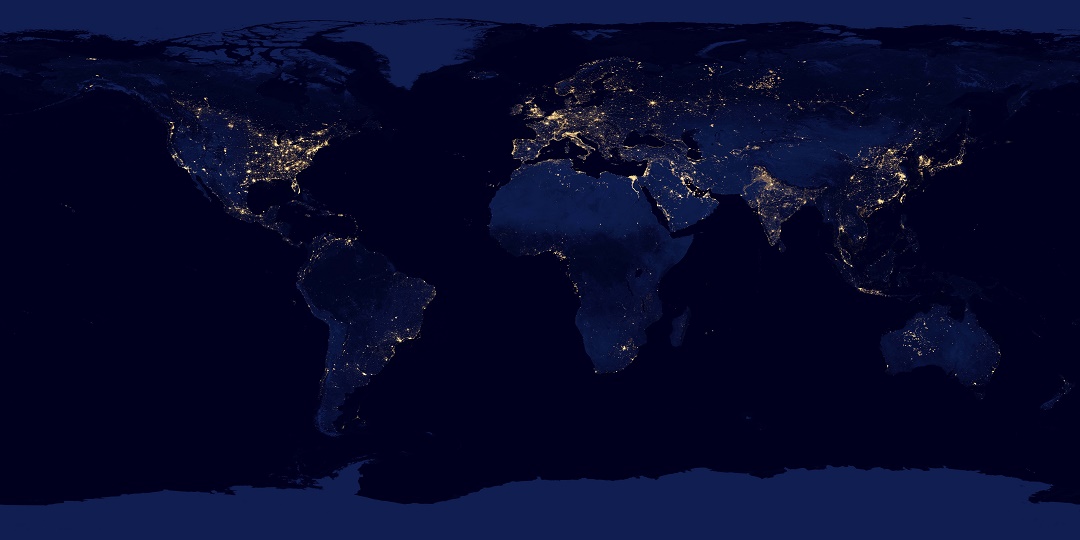
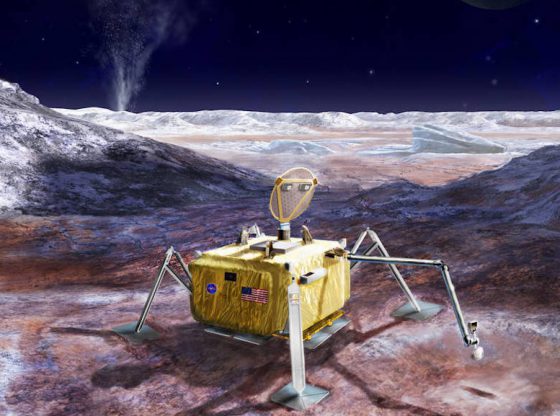
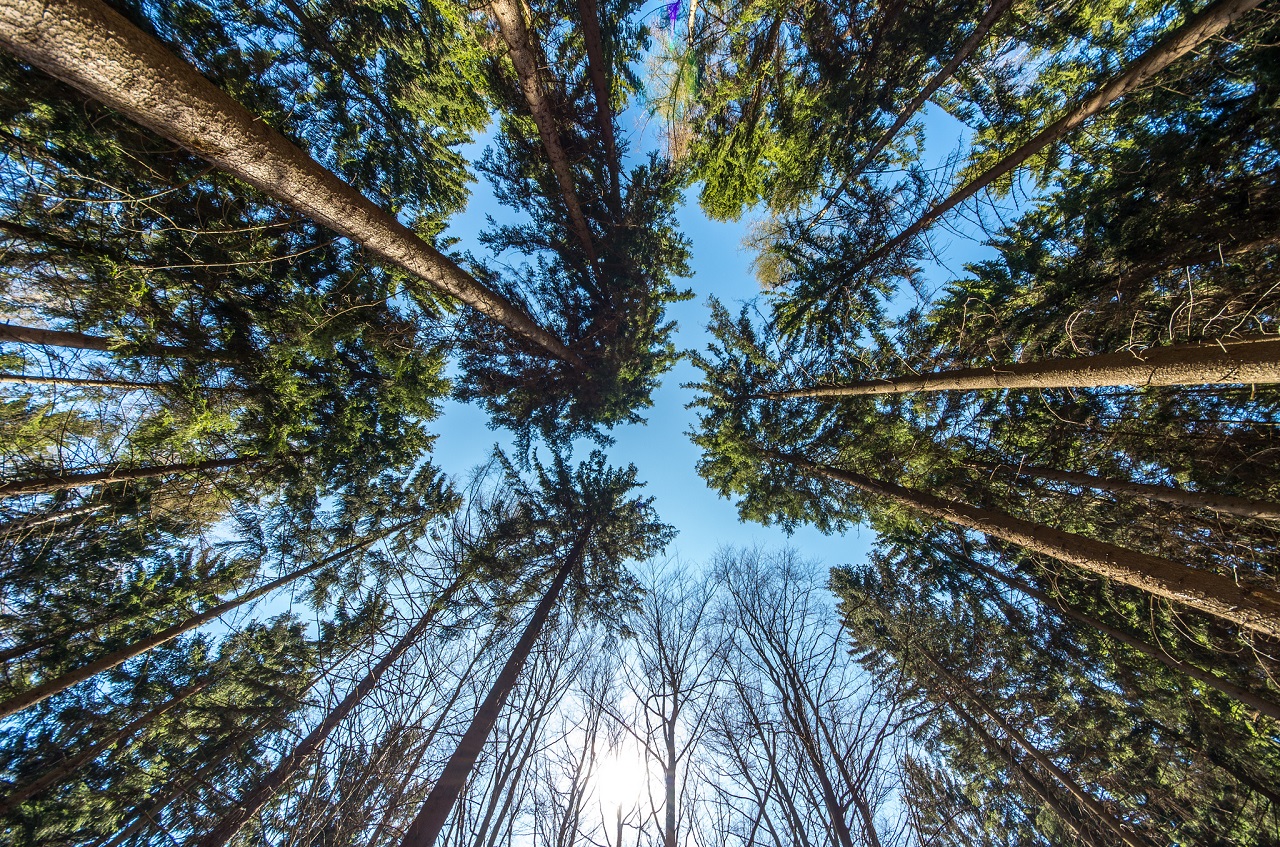

![OpenAI. (2025). ChatGPT [Large language model]. https://chatgpt.com](https://www.illustratedcuriosity.com/files/media/55136/b1b0b614-5b72-486c-901d-ff244549d67a-350x260.webp)
![OpenAI. (2025). ChatGPT [Large language model]. https://chatgpt.com](https://www.illustratedcuriosity.com/files/media/55124/79bc18fa-f616-4951-856f-cc724ad5d497-350x260.webp)
![OpenAI. (2025). ChatGPT [Large language model]. https://chatgpt.com](https://www.illustratedcuriosity.com/files/media/55099/2638a982-b4de-4913-8a1c-1479df352bf3-350x260.webp)








